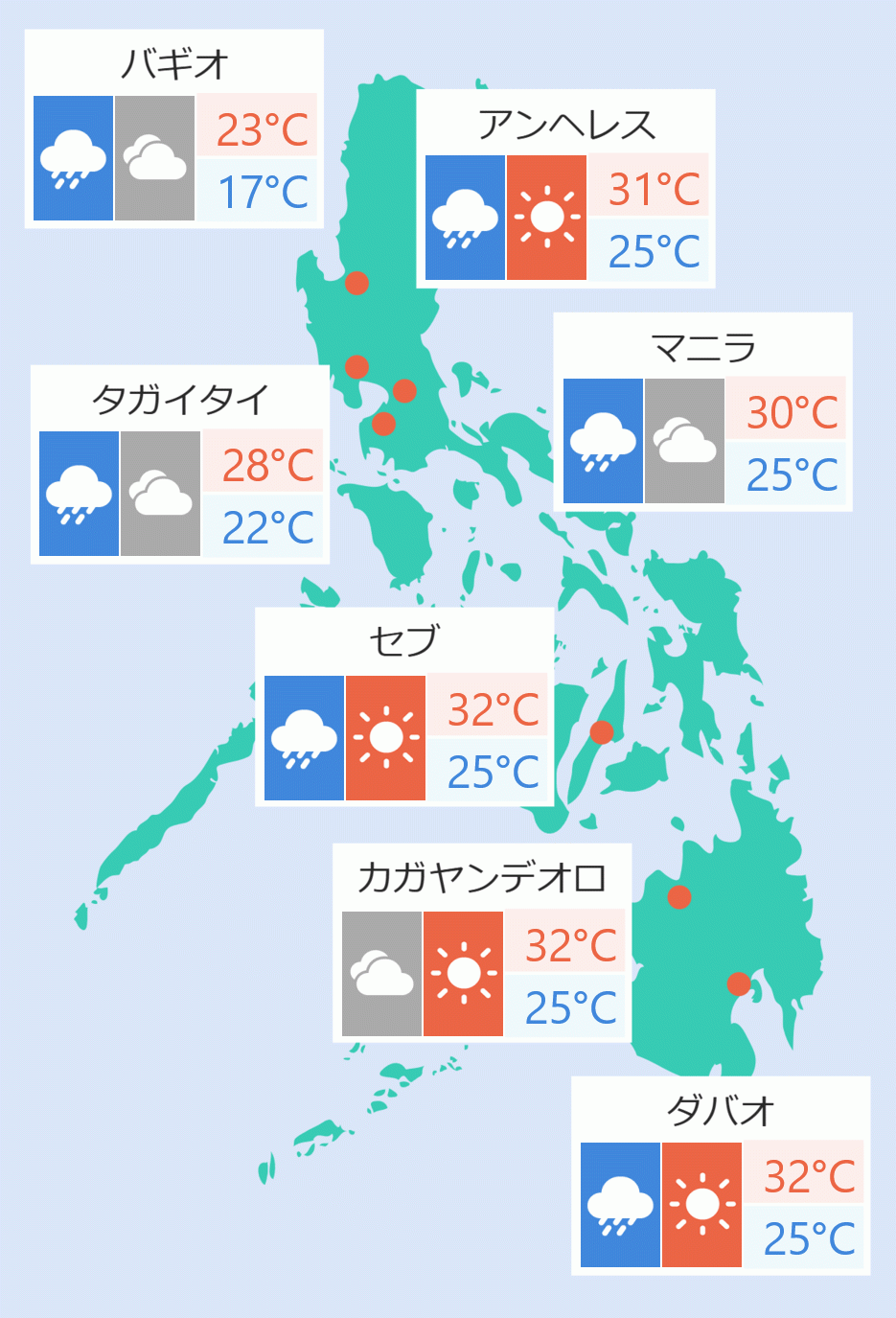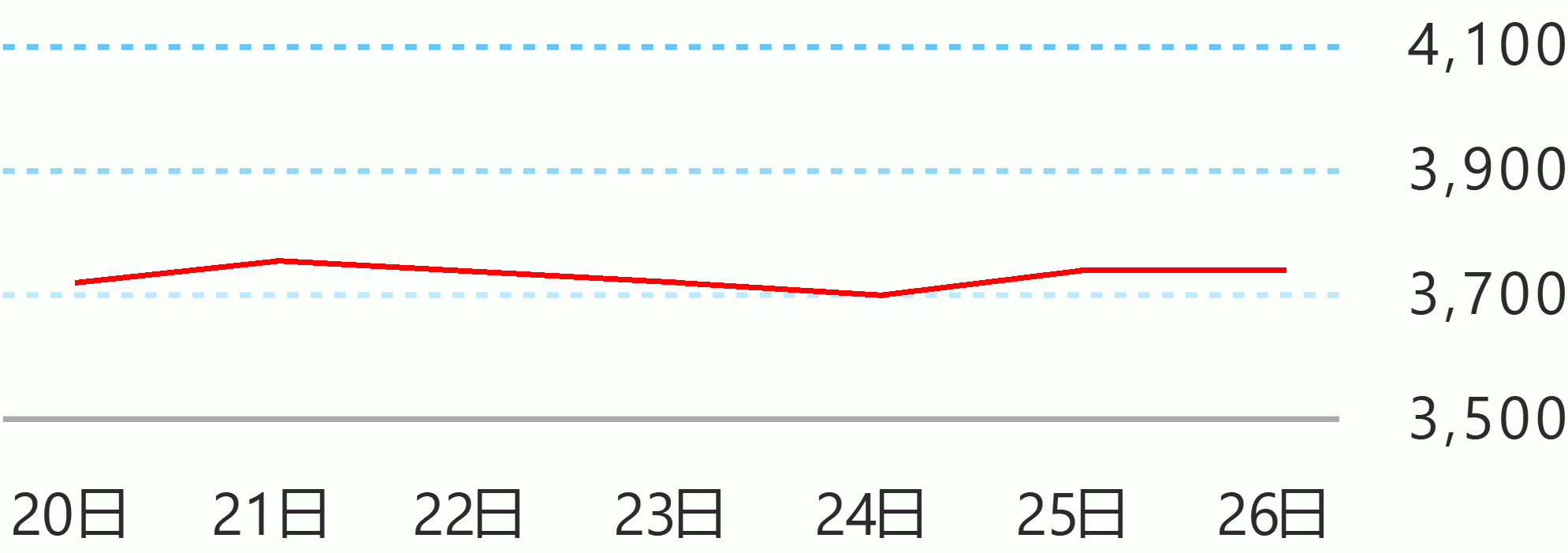By Ella Dionisio
Due to the coronavirus disease (COVID-19), growth may possibly slow down to 4.5 percent in the next two years, an economist said on Monday.
During a forum by the Foreign Correspondents Association of the Philippines (FOCAP) forum, Alvin Ang, Ateneo Center for Economic Research and Development director, said just like other Southeast Asia countries, the Philippines will go to a ''swoosh'' path after the growth path changed because of losses in capacity due to COVID-19.
“It’s not after six months you go back to where you are going before… Other countries, including the Philippines, will go to a path known as swoosh. So you go down and go up again but the level of growth is not the same,” Ang said.
Based on the graph he presented, of all countries in Southeast Asia, only Vietnam is seen that can immediately go back to its growth track.
“That’s why if our average growth for the last decade is about six percent, probably we will go down to 4 and half and build up from there again because we have lost some capacity in the last six months,” he said.
“From 6 percent path, it will go to 4 to 5 percent. That’s not really bad but it’s just saying you cannot immediately go back to the same path… You are there for two, three years and if you do it right, you go back to the 6 percent path again,” he said.
Ang said there is nothing to be scared of as this kind of growth is the reality.
“The capacities are not the same that’s why you cannot expect that you run the same path as before,” he added.
Ang said even if all sectors in the economy open up, growth will not be able to return immediately.
“You are incurring capacity losses… even if the economy all opens up, it’s not going to go back immediately. It’s easier to destroy than to build… If businesses are gone, to bring them back will take time,” he said.
Ang said as early as March, they were calling for the government to protect productive capacities such as labor, human resources, infrastructure and business as it was supposed to be the idea during the COVID-19 crisis.
“If you protect it, then you can rebound easily. But six months down the line, we have seen some companies already dropping off,” Ang said.
Ang said there is no problem for manufacturing firms to remain shut down during the pandemic but it needs adjustments to be able to restore activity.
“If shut down, not closed, it’s okay we can go back to the growth path but it’s not that easy… It needs adjustment to be able to go back… That’s why we need a lot of government intervention, more resources both firms, workers and consumers to be able to bring that back,” he said.
According to the National Economic and Development Authority (NEDA), the manufacturing sector is showing signs of improvement for the third consecutive month in July.
The Volume of Production Index (VoPI) and Value of Production Index (VaPI) declined by 11.9 percent and 14.8 percent year-on-year, respectively. These are better than the VoPI and VaPI of -12.5 percent and -16 percent in June.
Ang said the government needs a clear protocol for every industry to give them confidence to continue their businesses.
He hoped the government’s “Recharge PH” will be in place and be implemented soon as it will help the economy to recover.
NEDA said the Recharge PH program seeks to refocus, sharpen the design and accelerate the implementation of programs under the 2020 General Appropriations Act to mitigate the impact of the COVID-19 pandemic and help the Philippine economy recover from the sharp decline in the second quarter.
The Task Force on Recovery also aims to strengthen consumer protection, and develop policy interventions to address stigma, discrimination and human rights violations towards health workers and people with COVID-19, including those who have recovered from the virus. DMS





 English
English









